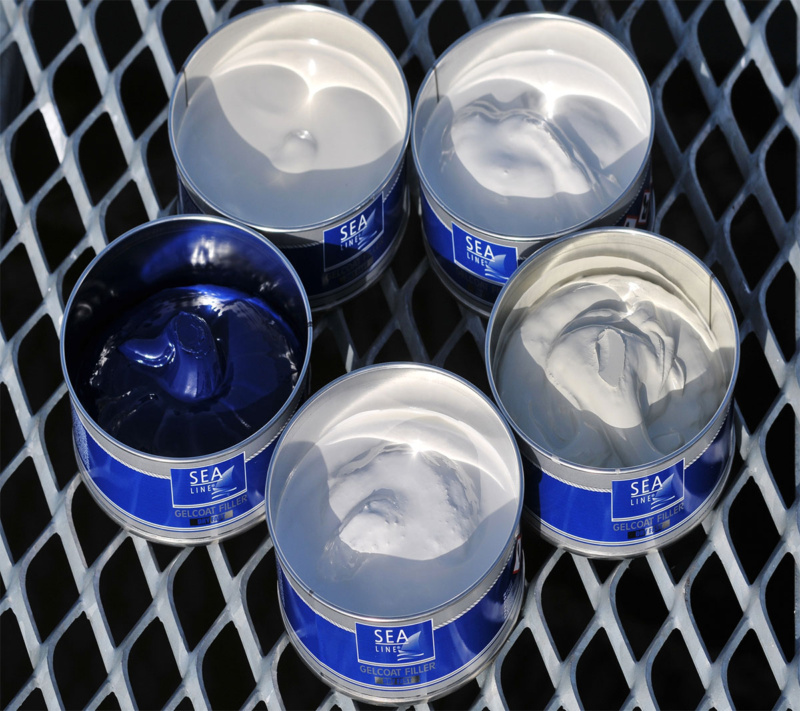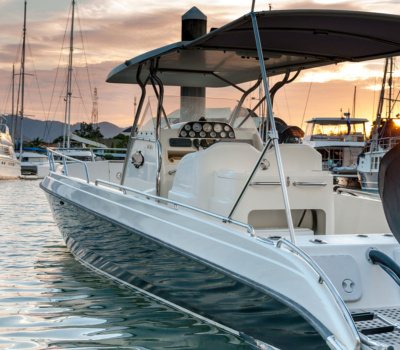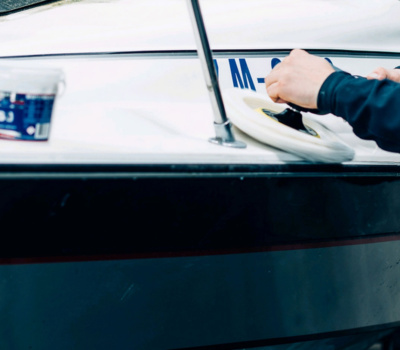We are happy to introduce in Sea-Line offer five new gelcoat filler shades:
To make the selection of the color easier, we marked fillers with a scale from 01 to 06. Number 01 means the lightest shade of white, and 06 is the darkest. To make shade choice easier we supply nautical stores which offer our products with gelcoat samples board.

All Sea-Line gelcoat fillers are available in a capacity of 250g

We are expanding our offer by introducing two new products that will provide boat enthusiasts

Come and join us at METSTRADE 2023, METSTRADE the best event for marine industry professionals,

Visit us and our production plant without traveling

New in the 2023 season is a new polishing wool The new black and white
Do not add more hardener, because after the base has cured, the remaining hardener will react with subsequent layers, which will be applied to the surface and cause defects. For the product to work properly, please follow the proportions given by the manufacturer.
We recommend to always sand the surface between applying two different products to ensure uniform surface roughness and adhesion of subsequent layers. The sanded surface should also be cleaned and degreased.